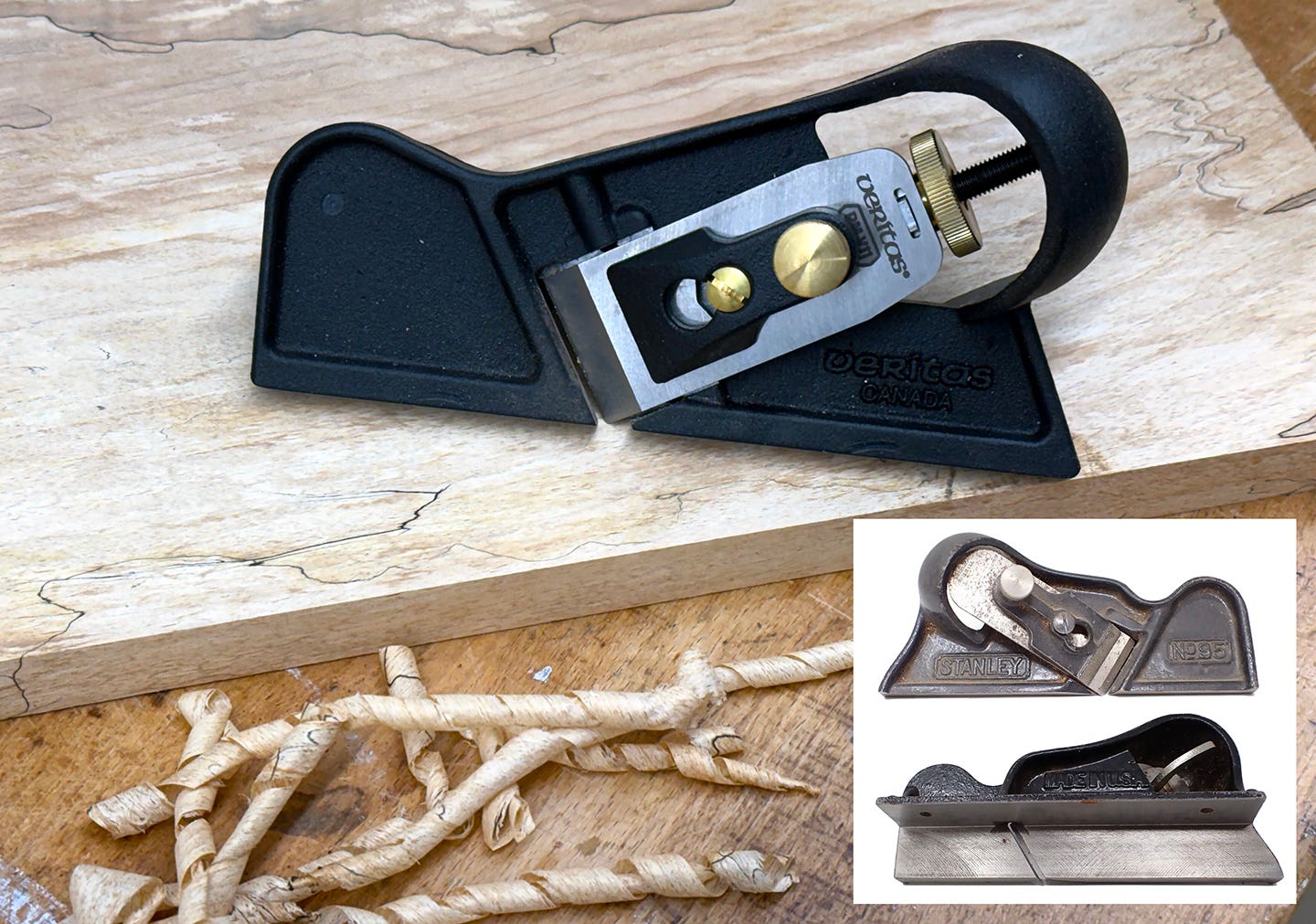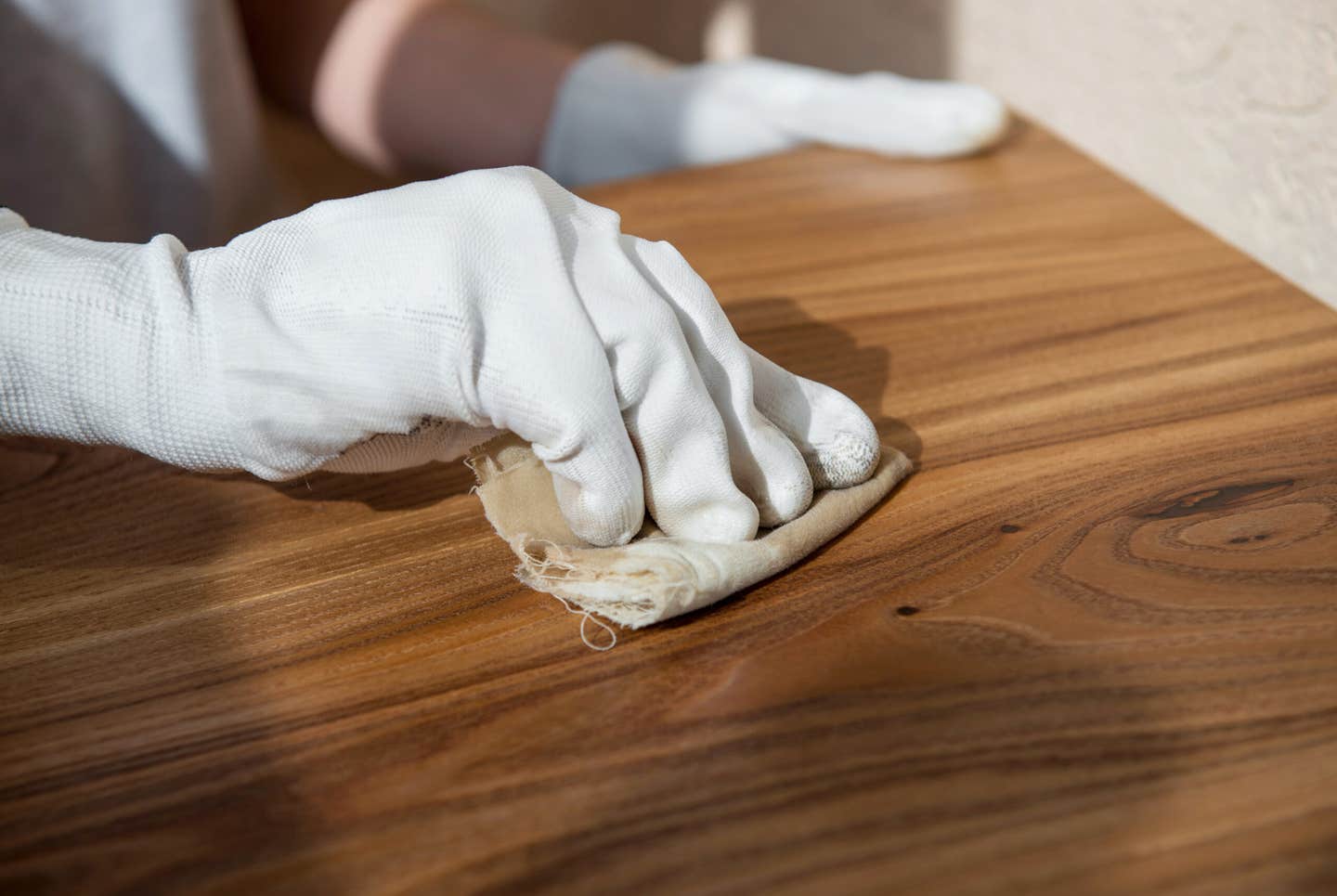An eye-opening look at a brighter future
Much to my surprise — and delight — I walked into an honest-to-goodness professional woodworking shop on a recent visit to Norwich Technical High School in Norwich, Conn. Maybe I…
Much to my surprise — and delight — I walked into an honest-to-goodness professional woodworking shop on a recent visit to Norwich Technical High School in Norwich, Conn.
Maybe I was expecting a cobweb-filled room, half-full of poor and little-used equipment. Instead there were bright lights, high ceilings, 3-phase power and more than enough production-style machinery to build products for local clientele, which is exactly what the school’s carpentry program does to help support itself. I’m still a little confused as to why cabinetmaking is lumped in with carpentry, but by their sophomore year students are learning to cut parts on the school’s CNC router. The school also has a computer-aided design and drafting program and I’m told they’ll get their chance with the CNC, too.
While I was gawking at this amazing high-tech shop, I also learned that similar facilities exist — or will soon exist — at the state’s other regional vocational schools. They’re so impressive that a teacher from Massachusetts also came to Norwich in hopes of duplicating the effort.
Now how did this happen? That’s what I’d like to know. But I’ll bet there are a lot of dedicated teachers, administrators and industry do-gooders who have recognized the need for proper training and stuck their necks out to make it happen. One of those folks is Paul Corey with Planit, a company that has donated its software for the schools to use.
Corey wants the kids to succeed. If he gets a new customer down the road, all the better. But, for the time being, it’s about training the next generation of woodworkers. He’s already had a success story. He met a student from Prince Tech in Hartford at one of his seminars who didn’t immediately impress him. He was sort of hoping that the kid would just pull up his pants to avoid an injury. But after four hours of training, this novice started cutting parts. And he proved eager to learn on his own, learning so much, so quickly that a job with a local millwork shop developed.
“This is what we’re counting on, getting newly minted operators,” says Corey. “The older guy who owns a shop doesn’t want to learn [software] programs and how to run a machine. But kids are ready and willing. When they leave school, they’re prepared to fill a job and a need immediately. It’s a win-win for everyone.”
Corey gets the spotlight here because he basically dragged me out of my cocoon and made me take a look at what’s happening in my own backyard. It wasn’t the shop I used in school — but all that did was teach me to make birdhouses.
“If we don’t do this now, it might be too late,” says Corey.
But in little old Connecticut? As a native Nutmegger, I’m mostly stunned, but also a little proud.
This article originally appeared in the March 2012 issue.







